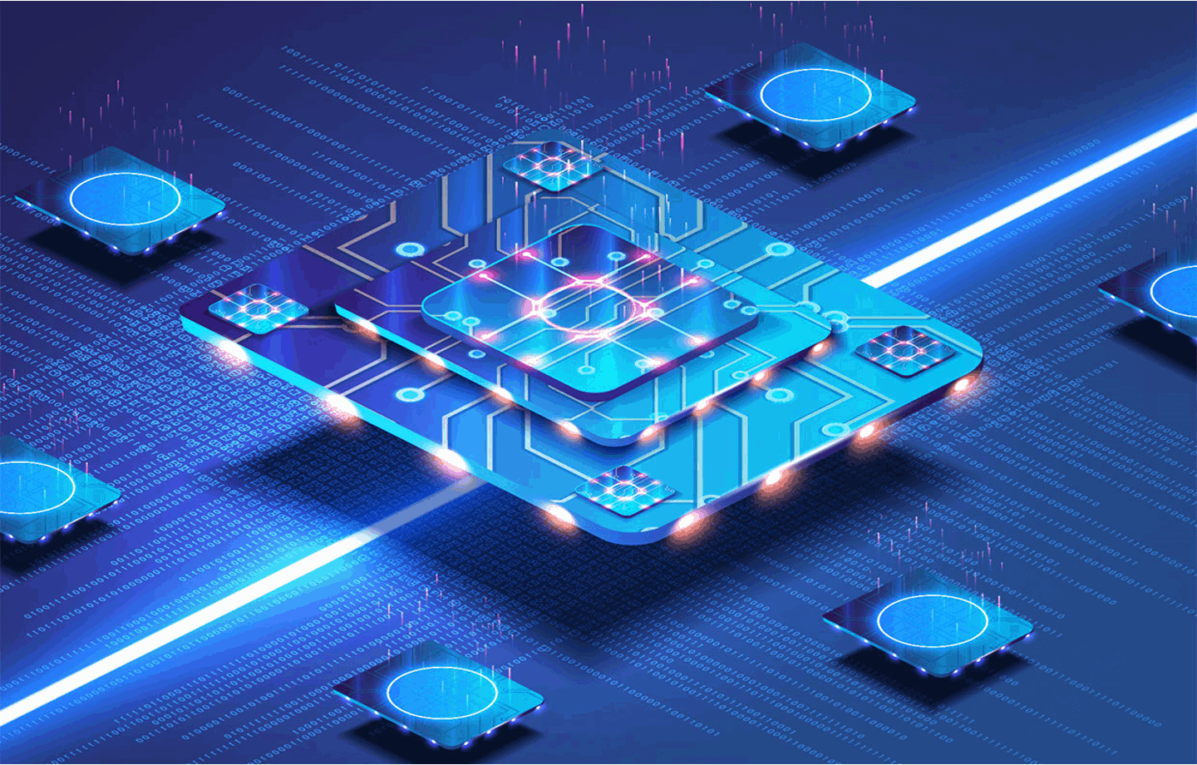As computing moves forward into increasingly complex domains like artificial intelligence and machine learning, traditional computing architectures are showing their limitations. Researchers around the world are now exploring neuromorphic chip architectures as a potential next step that could revolutionize computing. Neuromorphic chips aim to mimic the workings of the human brain in hardware by incorporating key biological principles of neural networks. If successful, these new chips could vastly improve our capabilities for processing unstructured real-world data and enable new applications beyond what’s possible today.
Mimicking the Brain’s Architecture
The human brain contains around 100 billion neurons interconnected via trillions of synapses. It effortlessly performs complex cognitive tasks that remain elusive for even the most powerful supercomputers. Traditional computer architectures follow the Von Neumann model – with separate processing and memory units. In contrast, the brain’s architecture is massively parallel, distributed and event-driven.
Neuromorphic Chips seek to mimic this biological architecture by incorporating key elements like neuronal and synaptic components. Instead of circuits, neuromorphic systems use interconnected networks of analog circuits that mimic the behavior of biological neurons. The connections between these “neurosynaptic cores” operate as synapses, changing strength based on the signals passed between neurons. This allows the hardware to natively implement learning rules inspired by neuroscience.
Initial neuromorphic systems produced silicon neurons and synapses to experimentally study neurobiological hypotheses. Modern platforms scale these building blocks to millions of neurosynaptic cores interconnected through a flexible network topology. TrueNorth from IBM Research for example packs 1 million digital neurons and 256 million synapses in a single square cm, drawing only 70mW of power. Projects like SpiNNaker and Loihi from Intel take a more digital approach while maintaining the parallel, distributed architecture.
Applications in Machine Learning and AI
Neuromorphic chips are well suited to applications involving unstructured real-world data like vision, speech recognition, sensory processing and predictive analytics. Traditional computers struggle with these domains requiring massive parallelism, adaptability and fault tolerance found in biological nervous systems. The distributed and low-power nature of neuromorphic hardware also makes it promising forEdge and embedded applications involving on-device machine learning.
Early successes include using IBM’s TrueNorth chip to run convolutional neural networks for digit recognition and identify faces in images. Intel’s Loihi has demonstrated on-chip learning, with applications in robot motion control, reinforcement learning and anomaly detection in financial data. Research is also exploring using neuromorphic systems for cognitive skills like planning, reasoning, language processing and robotics that require the type of context-dependent, real-time processing found in brains. Several startups like BrainChip, Anthropic and General Vision are now commercializing neuromorphic technology targeting domains like predictive maintenance and medical imaging analysis.
Scaling Challenges and the Road Ahead
While early progress is encouraging, significant challenges remain to achieving the scale and complexity of the human brain. Current systems top out at a few million neurons while the brain contains trillions of highly interconnected units. Fabricating and powering massively scaled implementations poses material and engineering difficulties. Programming and developing applications for these specialized parallel platforms is another major hurdle requiring new abstractions and software tools. Wide variations also exist in the approaches taken by different research efforts.
Overcoming these issues will likely take continued innovation across various domains from materials and device engineering to architecture design, programming models and algorithms. Cross-disciplinary collaboration will be key. Standardization of interfaces, benchmarks and software stacks could accelerate development. With governments starting to invest heavily through initiatives like the EU Human Brain Project and US BRAIN Initiative, neuromorphic computing is gathering momentum. If scaling challenges can be solved, neuromorphic systems may one-day match or surpass biological intelligence – revolutionizing how we build and interact with intelligent machines. The journey has only begun, but promises to transform computing as we know it.
Neuromorphic chips aim to revolutionize computing by mirroring nature’s most powerful computing architecture – the brain. Early research systems demonstrate promising abilities in machine learning and cognition. However, major challenges remain in scaling implementations to match the complexity of biological nervous systems. If successful, neuromorphic technologies could fundamentally alter how we design intelligent machines and realize new applications across domains. With continued progress and collaboration, this new computing paradigm shows potential to transform our technological capabilities in the decades ahead.
*Note:
1. Source: Coherent Market Insights, Public sources, Desk research
2. We have leveraged AI tools to mine information and compile it

